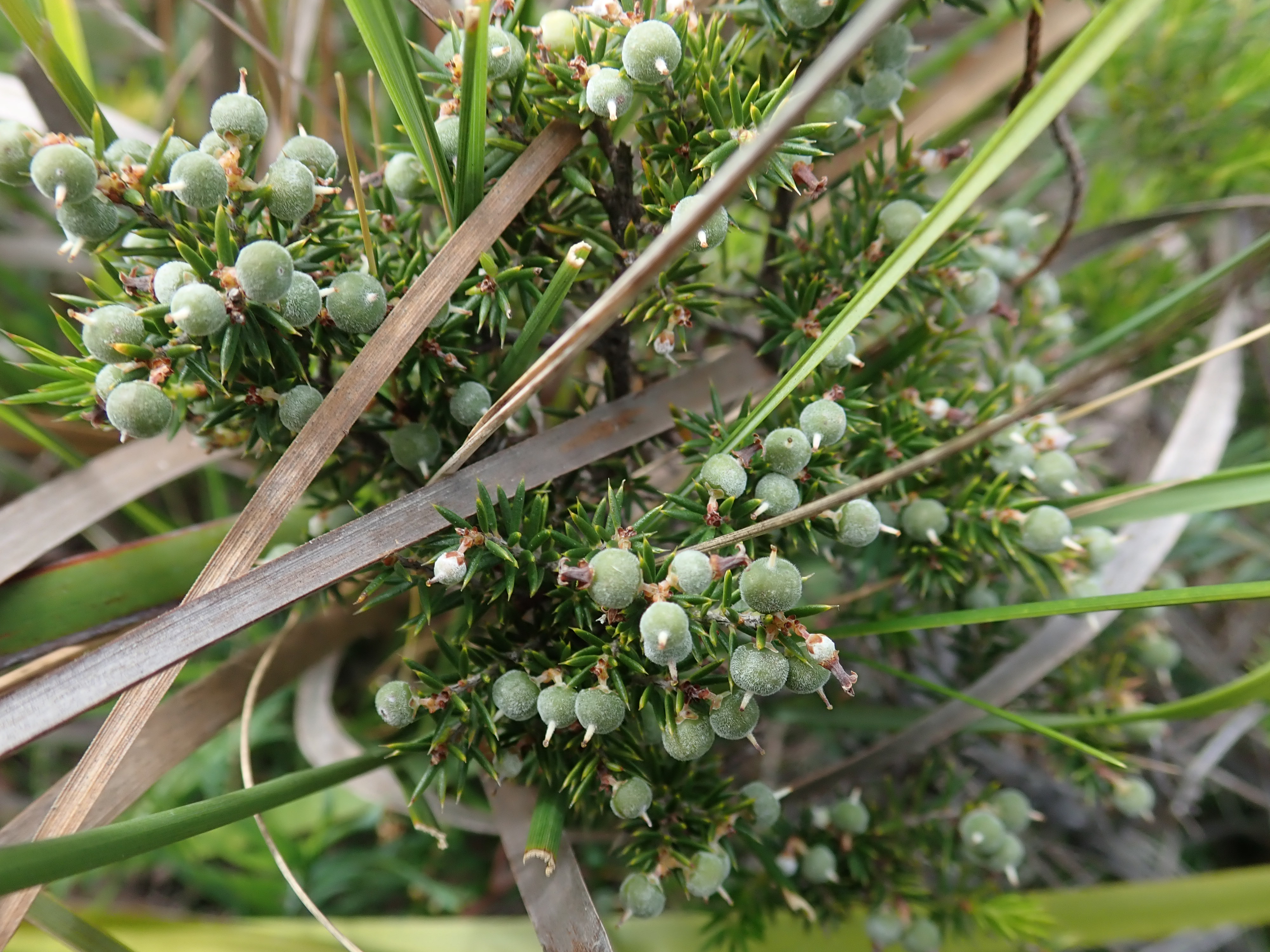Lissanthe Strigosa on:
[Wikipedia]
[Google]
[Amazon]
 ''Lissanthe strigosa'', commonly known as peach heath, is a species of flowering plant in the family Ericaceae, and is
''Lissanthe strigosa'', commonly known as peach heath, is a species of flowering plant in the family Ericaceae, and is
 ''Lissanthe strigosa'', commonly known as peach heath, is a species of flowering plant in the family Ericaceae, and is
''Lissanthe strigosa'', commonly known as peach heath, is a species of flowering plant in the family Ericaceae, and is endemic
Endemism is the state of a species being found in a single defined geographic location, such as an island, state, nation, country or other defined zone; organisms that are indigenous to a place are not endemic to it if they are also found elsew ...
to south-eastern Australia. It is a shrub with linear to lance-shaped leaves and white to pink, cylindrical flowers.
Description
''Lissanthe strigosa'' is a much-branched shrub high, and often forms suckers, its branchlets covered with tiny bristles. The leaves are linear to lance-shaped, long and wide on a petiole long with three longitudinal ribs on the lower surface. The flowers are borne inraceme
A raceme ( or ) or racemoid is an unbranched, indeterminate type of inflorescence bearing flowers having short floral stalks along the shoots that bear the flowers. The oldest flowers grow close to the base and new flowers are produced as the s ...
s of 5 to 9 with bracteoles long at the base. The sepals are long and the petal are white or pink and joined at the base, forming a more or less glabrous tube long with lobes about long. The style is long and covered with soft hairs near its base. Flowering occurs from August to November and the fruit is a flattened spherical, capsule long, white and fleshy.
Taxonomy
This species was first formally described in 1793 byJames Edward Smith James Edward Smith may refer to:
* James Edward Smith (botanist), English botanist and founder of the Linnean Society
* James Edward Smith (murderer), American murderer
* James Edward Smith (politician), Canadian businessman and mayor of Toronto
* ...
who gave it the name ''Styphelia strigosa'' in a A Specimen of the Botany of New Holland. In 1810, Robert Brown transferred the species to ''Lissanthe
''Lissanthe'' is a genus of about 10 species of flowering plants in the family Ericaceae and is endemic to Australia. Plants in the genus ''Lissanthe'' are small, erect to spreading shrubs with egg-shaped to oblong leaves. Up to 17 Monoicy, bisex ...
'' as ''L. strigosa'' in his '' Prodromus Florae Novae Hollandiae''. The specific epithet
In taxonomy, binomial nomenclature ("two-term naming system"), also called nomenclature ("two-name naming system") or binary nomenclature, is a formal system of naming species of living things by giving each a name composed of two parts, bot ...
means strigose
Trichomes (); ) are fine outgrowths or appendages on plants, algae, lichens, and certain protists. They are of diverse structure and function. Examples are hairs, glandular hairs, scales, and papillae. A covering of any kind of hair on a plant ...
.
In 1994, Jocelyn Powell described two subspecies of ''L. strigosa'' in the journal '' Telopea'', and the names are accepted by the Australian Plant Census The Australian Plant Census (APC) provides an online interface to currently accepted, published, scientific names of the vascular flora of Australia, as one of the output interfaces of the national government Integrated Biodiversity Information Syst ...
:
* ''Lissanthe strigosa'' (Sm.) R.Br. subsp. ''strigosa'' has leaves long and wide.
* ''Lissanthe strigosa'' subsp. ''subulata'' (R.Br.) J.M.Powell has leaves long and wide.
Distribution and habitat
Peach heath is widely distributed in Queensland, Victoria, Tasmania and South Australia, where it grows in forest, scrub and heath on sandy soils. Subspecies ''strigosa'' is restricted to the Central Coast of New South Wales, where it grows in poorly-drained clay soils. Subspecies ''subulata'' is found in eastern New South Wales and as far east as thePilliga forest
The Pilliga Forest, sometimes known as the Pilliga Scrub, constitute over 5,000 km2 of semi-arid woodland in temperate north-central New South Wales, Australia. It is the largest such continuous remnant in the state. The forest is loc ...
and in Queensland, Victoria, Tasmania and South Australia.
References
{{Taxonbar, from1=Q6559140, from2=Q95574947, from3=Q55873930 Epacridoideae Ericales of Australia Flora of New South Wales Flora of Queensland Flora of Tasmania Flora of Victoria (state) Flora of South Australia Plants described in 1793 Taxa named by James Edward Smith